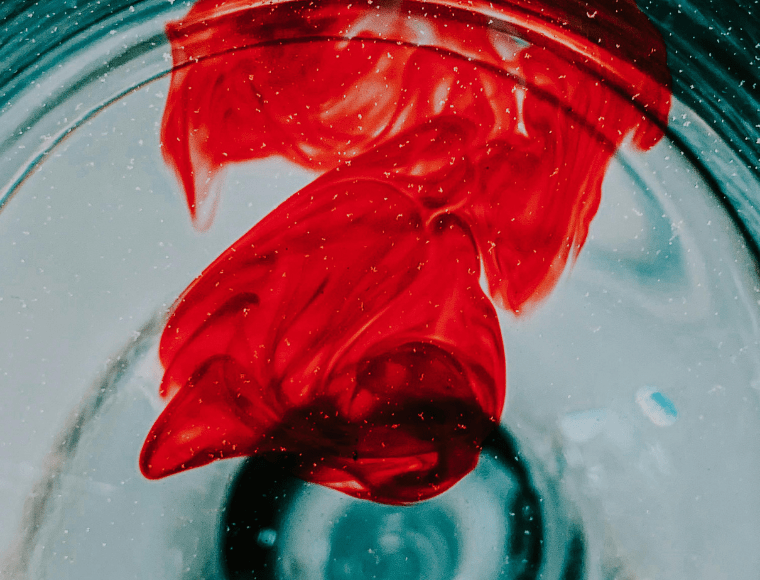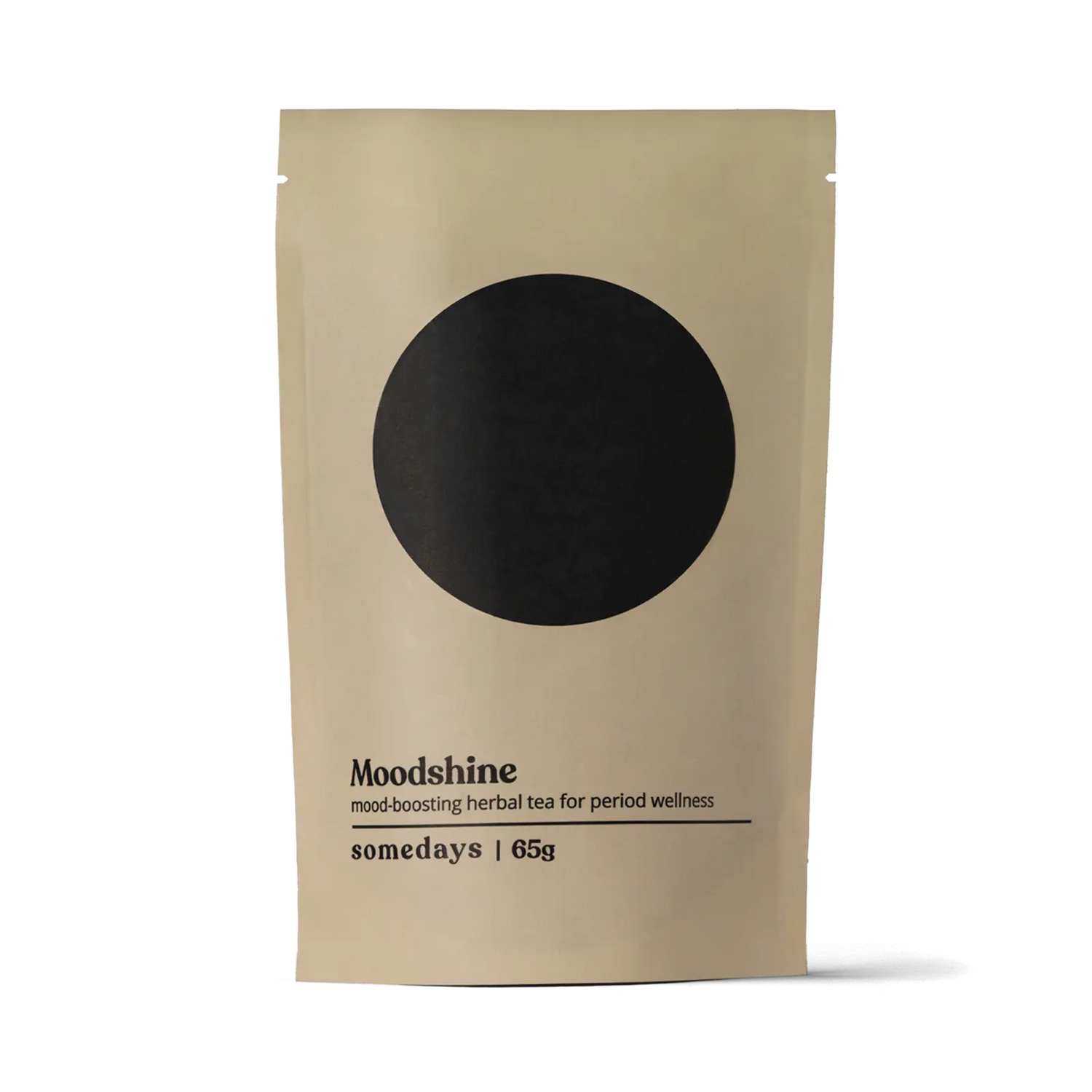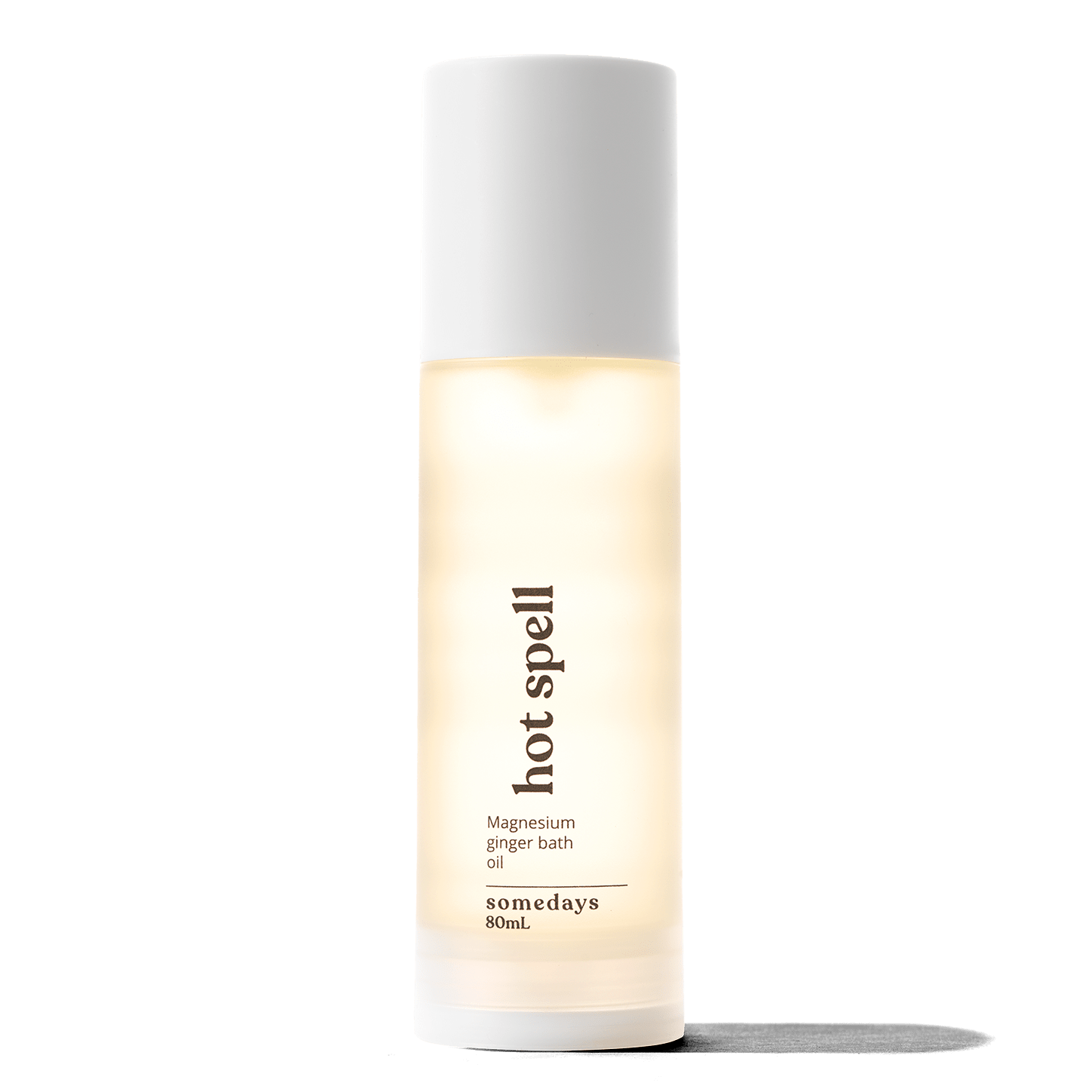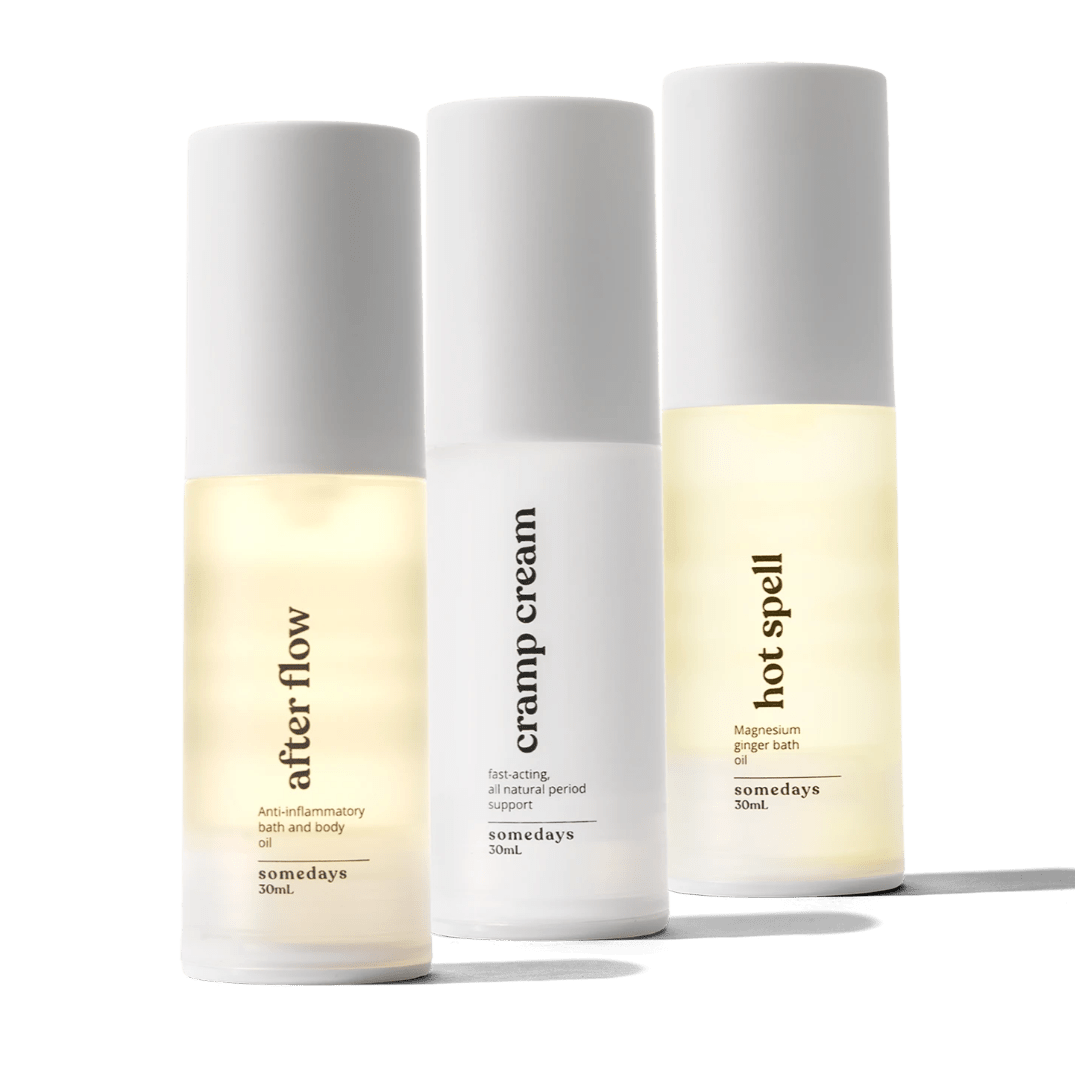Innovative and Sustainable Ways To Reuse Menstrual Blood

Menstrual blood. There I said it.
Menstrual blood has become somewhat of an “F-word” in discussions about the body. You’re not supposed to bring it up and if you do it’s often looked at as disgusting or crude.
Menstrual blood has long been shrouded in stigma and viewed as waste, but a growing number of people are challenging these taboos by finding innovative and sustainable ways to reuse it. Personally, I’ve seen how societal norms can make us hesitant to discuss our periods openly, let alone consider the potential benefits of menstrual blood. Yet, as more people share their experiences, it's clear that menstrual blood can offer much more than we’ve traditionally believed. From fertilizing plants to inspiring art, there are a handful of creative and eco-friendly uses of menstrual blood that are redefining what it means to embrace our natural cycles.
Menstrual Blood as Plant Fertilizer
One of the most popular and sustainable uses for menstrual blood is as a natural fertilizer for plants. Menstrual blood is rich in essential nutrients such as nitrogen, phosphorus, and potassium, which are beneficial for plant growth. By diluting menstrual blood with water, it can be safely added to houseplants or garden beds, promoting healthier plants and reducing the need for chemical fertilizers.
Artistic Expression
Menstrual blood found its way into the world of art centuries ago with Judy Chicago’s "Red Flag," created in 1971, being widely recognized as the first Western art piece to depict menstruation. The close-up black-and-white photograph, tinged with red, shows a woman removing a used tampon from her vagina.
Some artists continue to use menstrual blood as a medium for painting and creating unique and powerful pieces that challenge societal norms provoking thought about menstruation and or femininity. This form of expression not only pushes the boundaries of art but also promotes a conversation about the natural and often stigmatized aspects of the assigned female body.
Skin Care and Beauty Rituals
While still a niche practice, some people use menstrual blood as part of their skincare routine, believing in its potential benefits due to the presence of stem cells and other nourishing components. You may have heard of the viral Vampire Facial - where blood is drawn, platelets are separated and is then re-injected into your face. But what about using blood topically? Applying menstrual blood as a face mask is thought to rejuvenate the skin and promote a healthy complexion. Though not widely scientifically validated, this practice highlights a holistic approach to self-care.
Spiritual and Ritual Use
In various cultures and spiritual practices, menstrual blood is considered sacred and powerful. Some people use their menstrual blood in rituals to honour their menstrual cycle, fertility, and connection to nature. This can include creating ceremonial art, offering it to the earth, or using it in personal spiritual practices. These rituals aim to reclaim and celebrate the menstrual cycle as a source of strength and life.
Composting for Soil Enrichment
Menstrual blood can also be added to compost piles to enhance soil fertility. Its nutrient-rich composition helps break down other organic materials in the compost, resulting in richer, more fertile soil. This method not only recycles menstrual blood but also contributes to sustainable gardening practices.
The reuse of menstrual blood in various innovative ways highlights a shift towards sustainability and a deeper appreciation for the natural processes of the menstruating body. By embracing these practices, people are not only reducing waste but also breaking down taboos and celebrating the potential benefits of menstrual blood. Whether through gardening, art, skincare, spiritual rituals, or composting, the possibilities for reusing menstrual blood are diverse and meaningful.
Previous Article All Articles Next Article
All Articles


